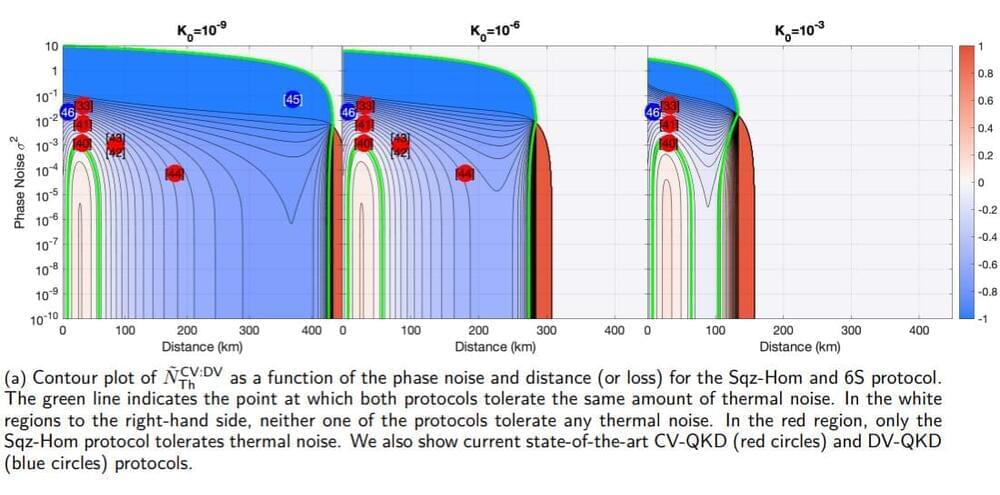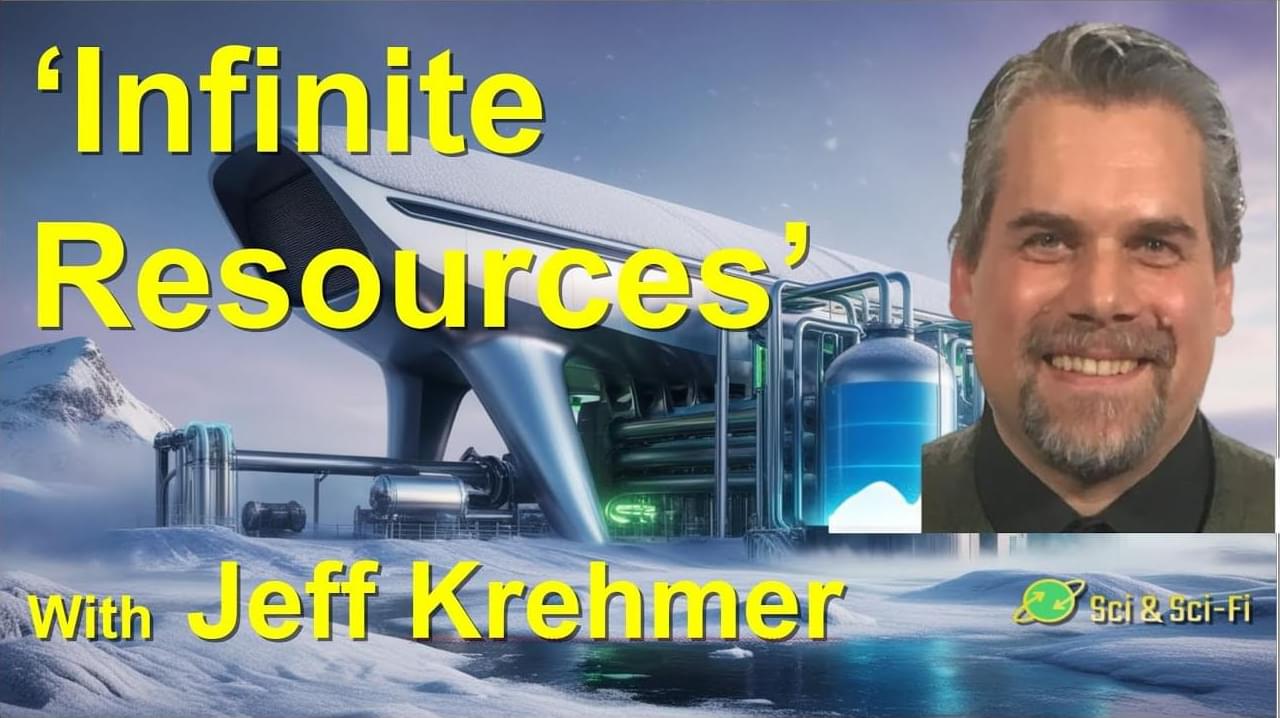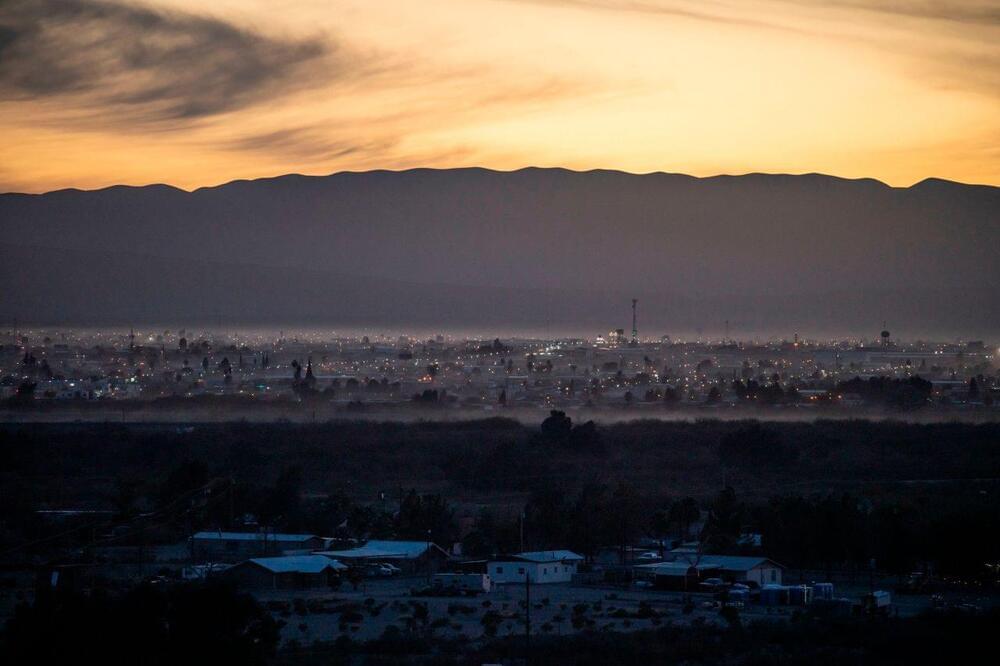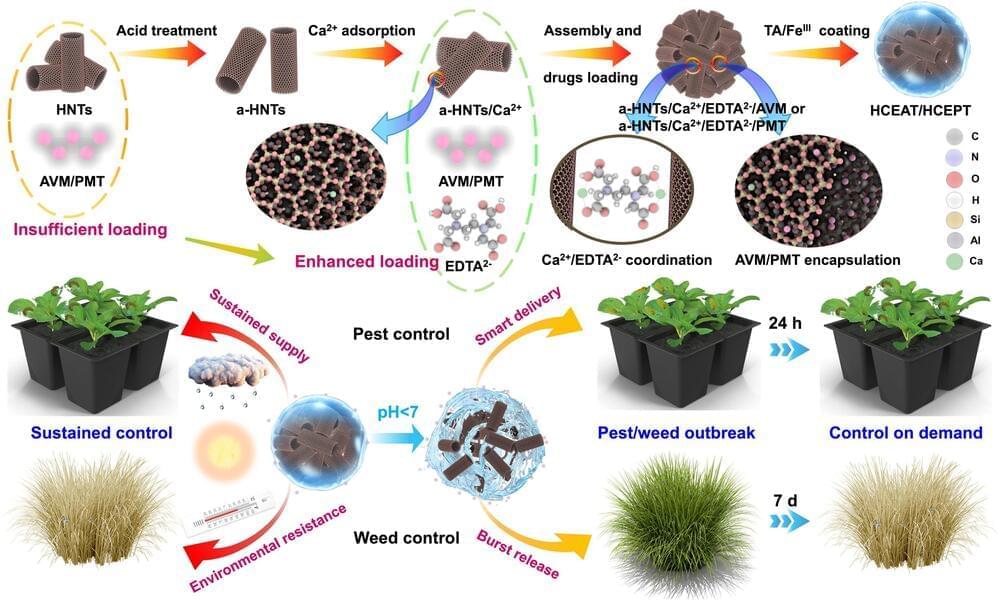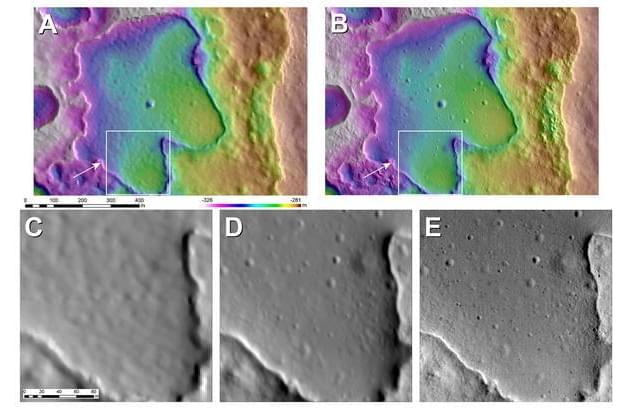Jun 23, 2024
Comparison of Discrete Variable and Continuous Variable Quantum Key Distribution Protocols with Phase Noise in the Thermal-Loss Channel
Posted by Shubham Ghosh Roy in category: quantum physics
Sebastian P. Kish1,2, Patrick J. Gleeson2, Angus Walsh2, Ping Koy Lam3,2, and Syed M. Assad3,2
1Data61, CSIRO, Marsfield, NSW, Australia. 2 Centre of Excellence for Quantum Computation and Communication Technology, Department of Quantum Science and Technology, Research School of Physics, The Australian National University, Canberra, ACT, Australia. 3 Institute of Materials Research and Engineering, Agency for Science, Technology and Research (A*STAR), Singapore, 138,634, Singapore.
Get full text pdfRead on arXiv VanityComment on Fermat’s library.
